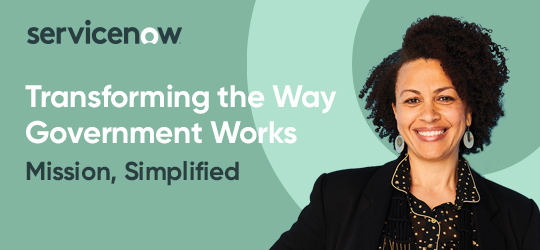The Federal agency responsible for global development and humanitarian work released its first Digital Strategy this week, outlining its aims to improve lives across the world through partnerships and digital initiatives.
The Digital Strategy, released by the U.S. Agency for International Development (USAID), is based on two main objectives. The first objective is to “improve measurable development and humanitarian assistance outcomes through the responsible use of digital technology in USAID’s programming.” The second objective is to “strengthen the openness, inclusiveness, and security of country-level digital ecosystems.” Part of the strategy’s goal is to “increase self-reliance in emerging market countries.”
“We should remember, however, that four billion people in developing countries still do not have access to the Internet,” said Ambassador Mark Andrew Green, the administrator of USAID when the strategy was authored. Green’s last day in the role came a week ago, after submitting his resignation in March, but his “Administrator’s Message” introduced the strategy.

“Digital technology’s profound potential is tempered by the looming threats posed by authoritarian governments and malevolent actors who use digital tools to suppress political dissent and other individual freedoms,” Green wrote. “We must be steadfast in ensuring we do not leave behind the poor and marginalized.”
The 58-page strategy outlines several targets to be completed in the five-year period (2020-2024) covered by the document. The strategy sets forth the goal of 30 USAID missions implementing “at least one activity designed to address one or more gaps in the national digital ecosystems in their countries.” USAID wants to “use digital technology to achieve measurable development outcomes” in 75 new mission-funded activities.
Another goal set forth by the strategy is that 50 partners will have consistently “demonstrated alignment with the Principles for Digital Development in their programming.” The agency is aiming for a 20 percent increase in private-sector digital investment in underserved markets and a 30 percent average for internet inclusion in target countries.
“This Digital Strategy is an important step toward reaffirming USAID’s role in the digital era to promote and realize democratic values abroad and advance a free, peaceful, and prosperous world,” said the strategy’s conclusion.

